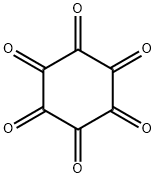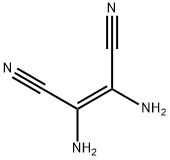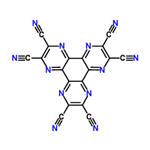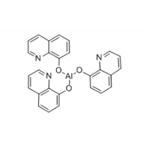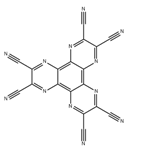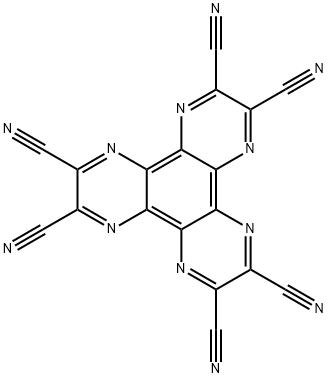
Hexaazatriphenylenehexacabonitrile
- Product NameHexaazatriphenylenehexacabonitrile
- CAS105598-27-4
- CBNumberCB42512914
- MFC18N12
- MW384.27
- EINECS1312995-182-4
- MDL NumberMFCD19689401
- MOL File105598-27-4.mol
- MSDS FileSDS
Chemical Properties
| Melting point | >500°C |
| Boiling point | 988.7±65.0 °C(Predicted) |
| Density | 1.86 |
| refractive index | n/550 1.81 |
| storage temp. | Inert atmosphere,Room Temperature |
| solubility | acetone: soluble acetonitrile: soluble methylene chloride: soluble |
| form | powder or crystals |
| pka | -22.82±0.50(Predicted) |
| color | Dark yellow |
| semiconductor properties | (mobility=0.1-1cm2/V·s) (electron mobility) |
| λmax | 282-321 nm in methylene chloride (PL: 422 nm) |
| Absorption | λmax?282, 321 nm (in?CH2Cl2) |
| UNSPSC Code | 12352103 |
| NACRES | NA.23 |
Safety
| Symbol(GHS) |

|
| Signal word | Warning |
| Hazard statements | H302+H332-H315-H319-H335 |
| Precautionary statements | P501-P261-P270-P271-P264-P280-P302+P352-P337+P313-P305+P351+P338-P362+P364-P332+P313-P301+P312+P330-P304+P340+P312-P403+P233-P405 |
| WGK Germany | 3 |
| HS Code | 2933998090 |
